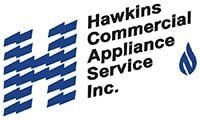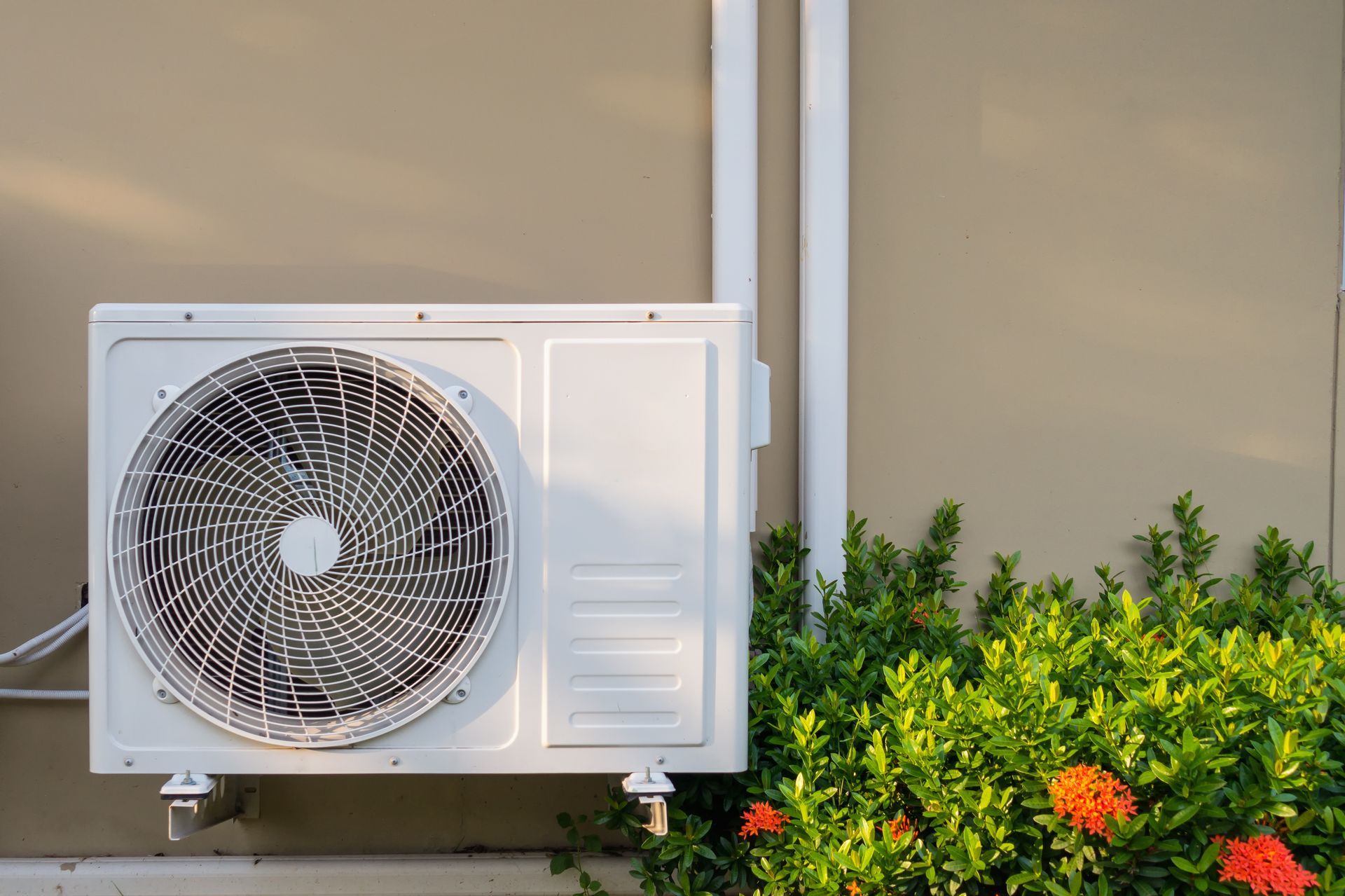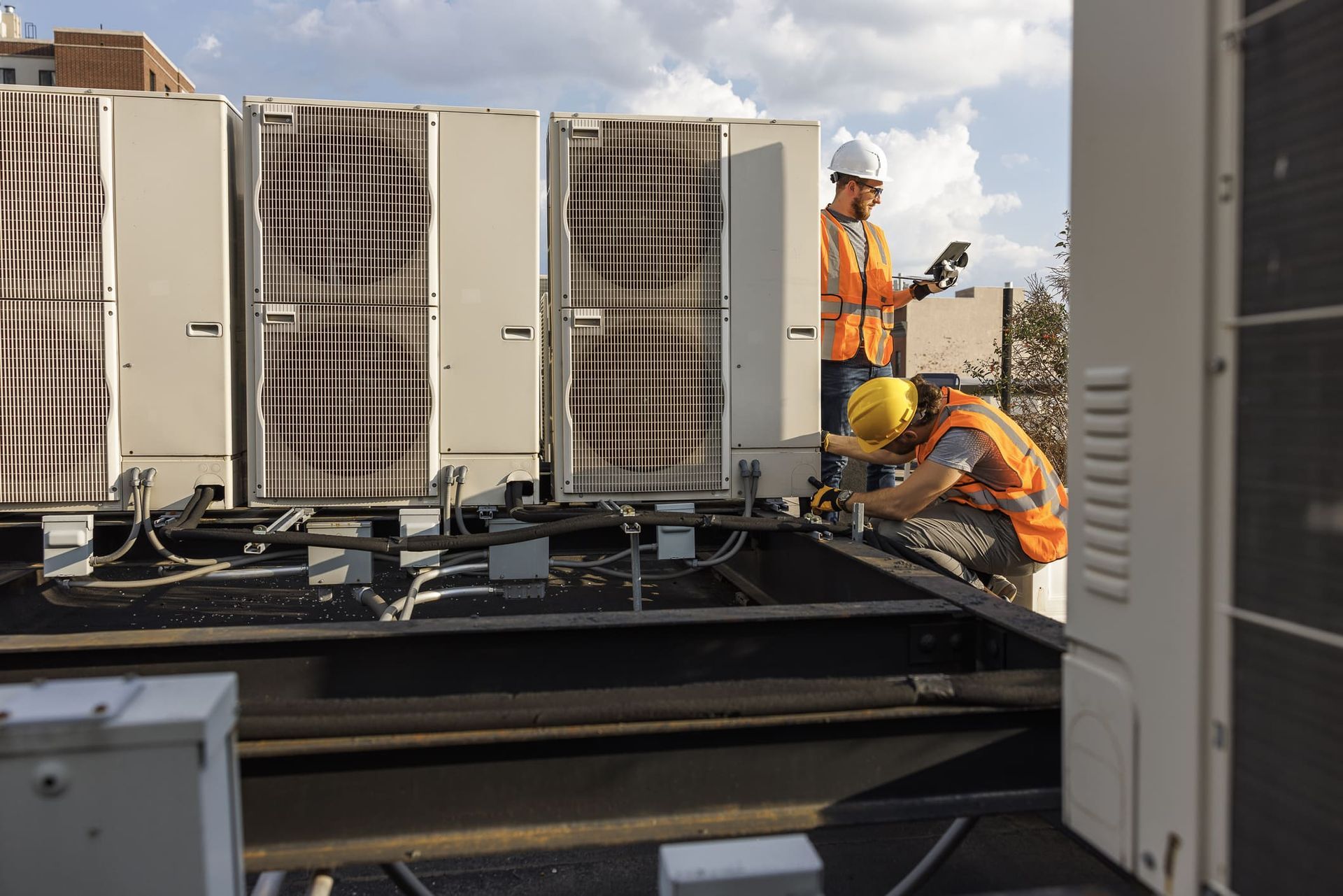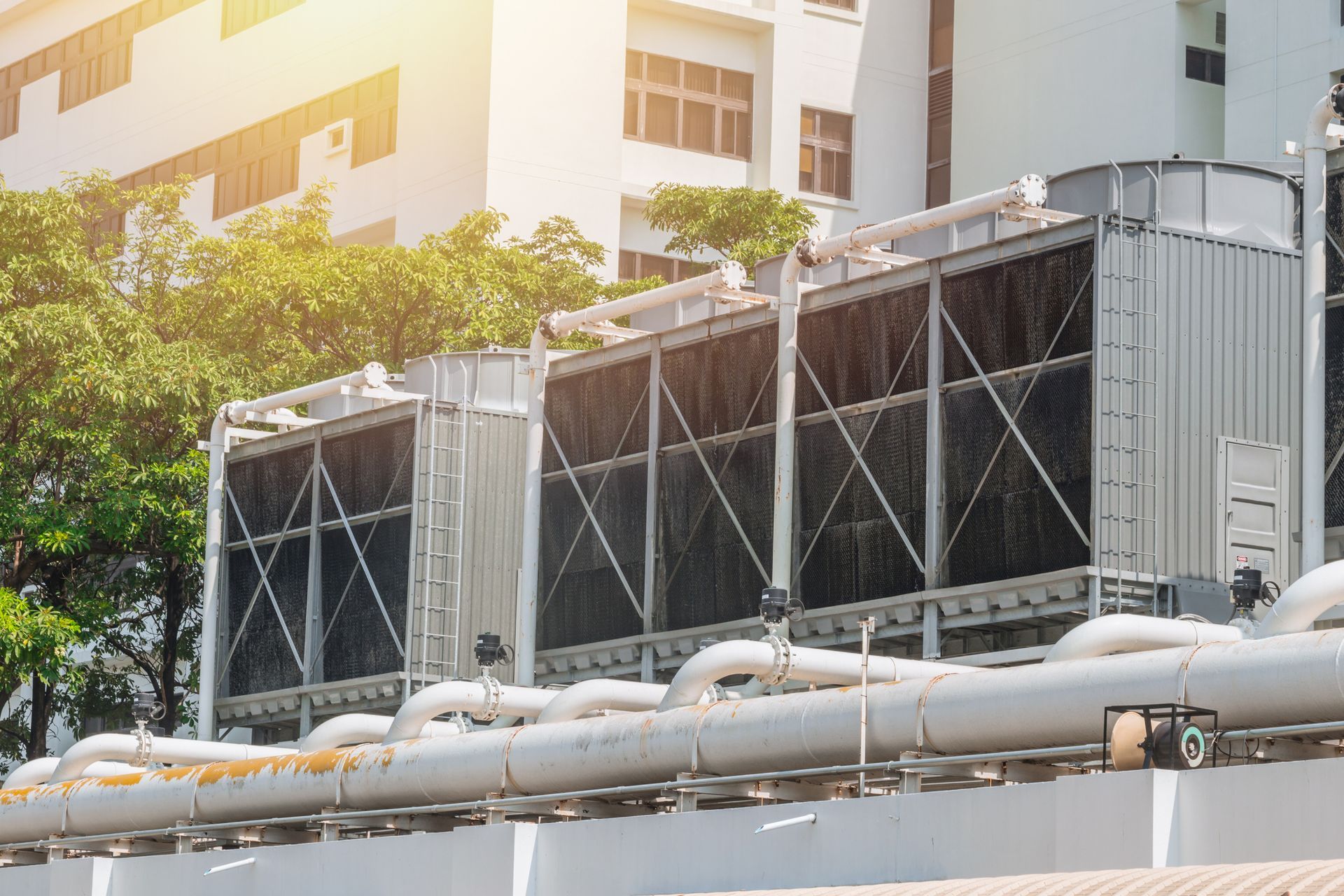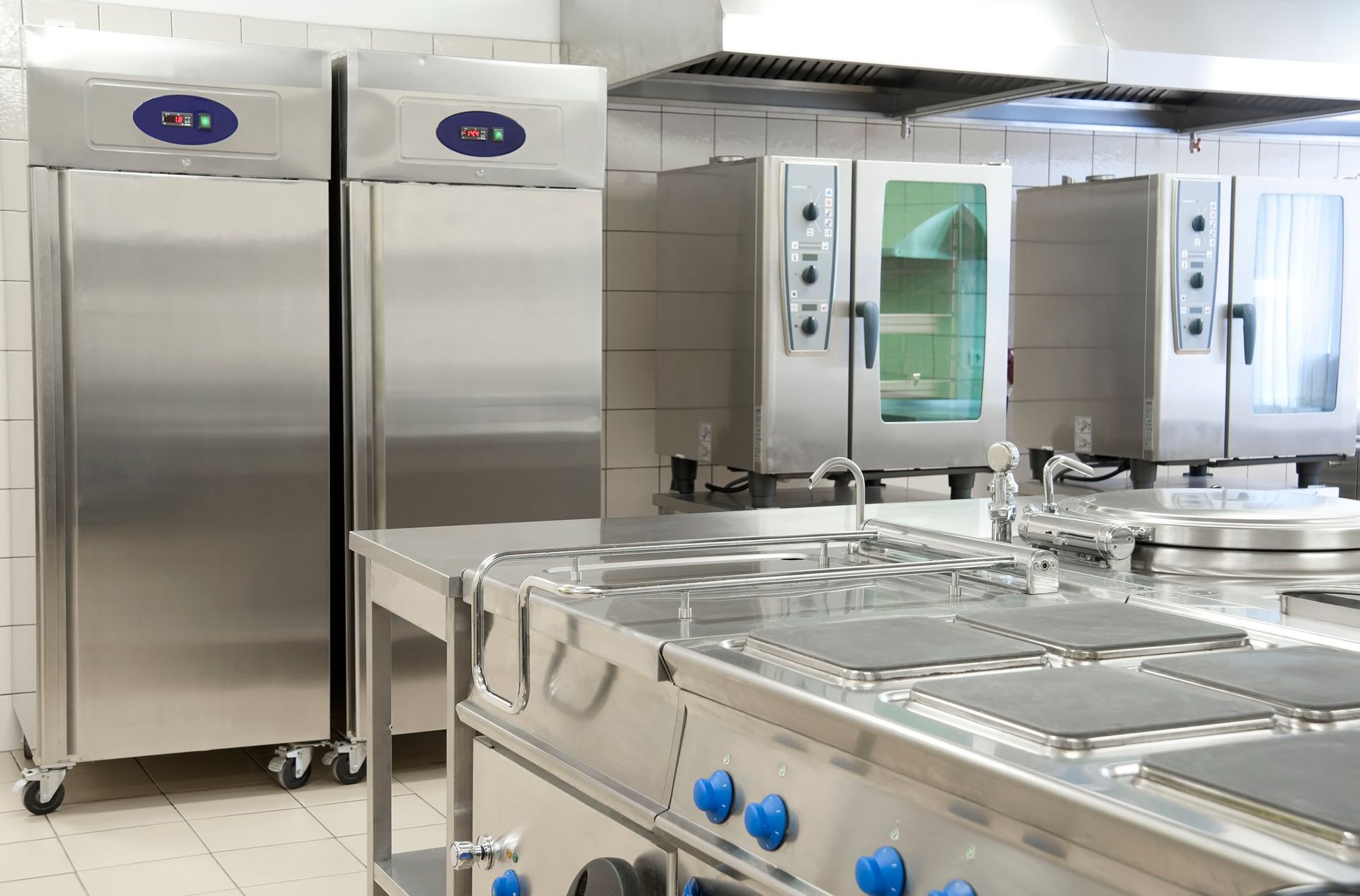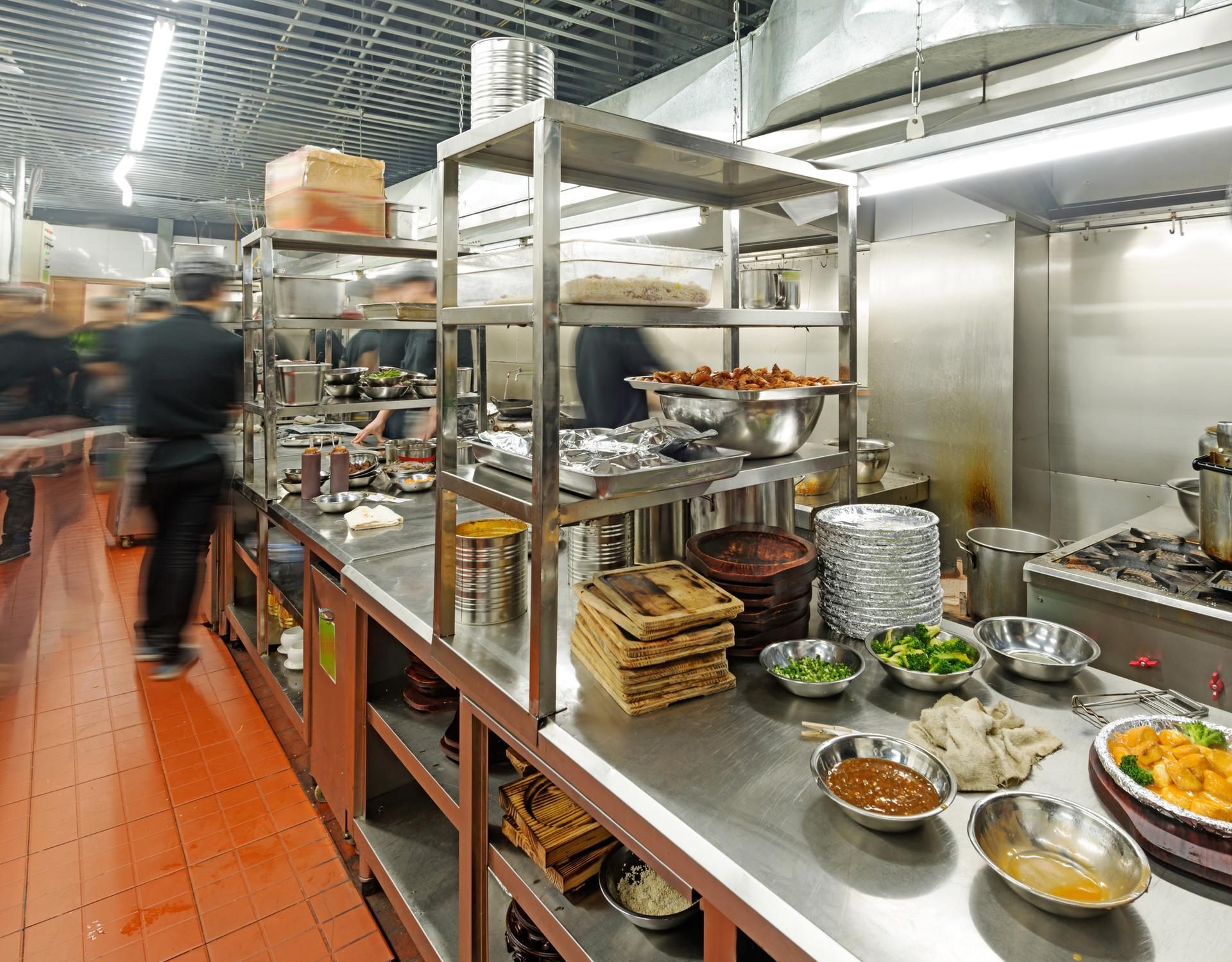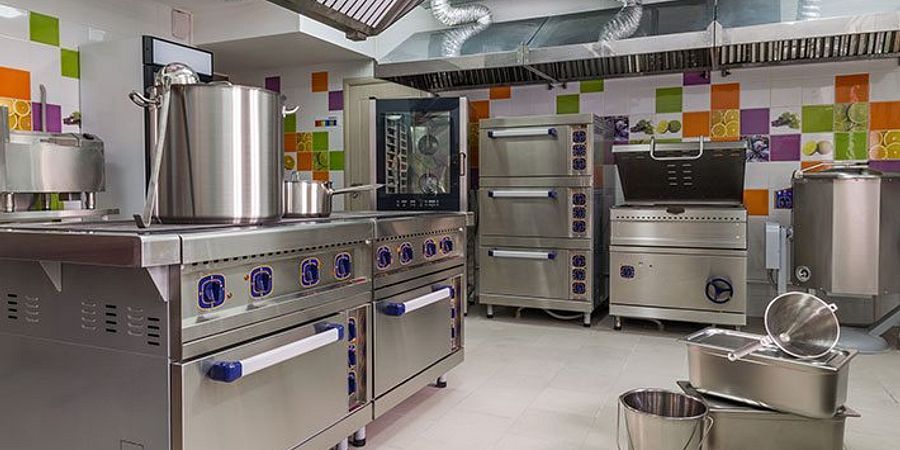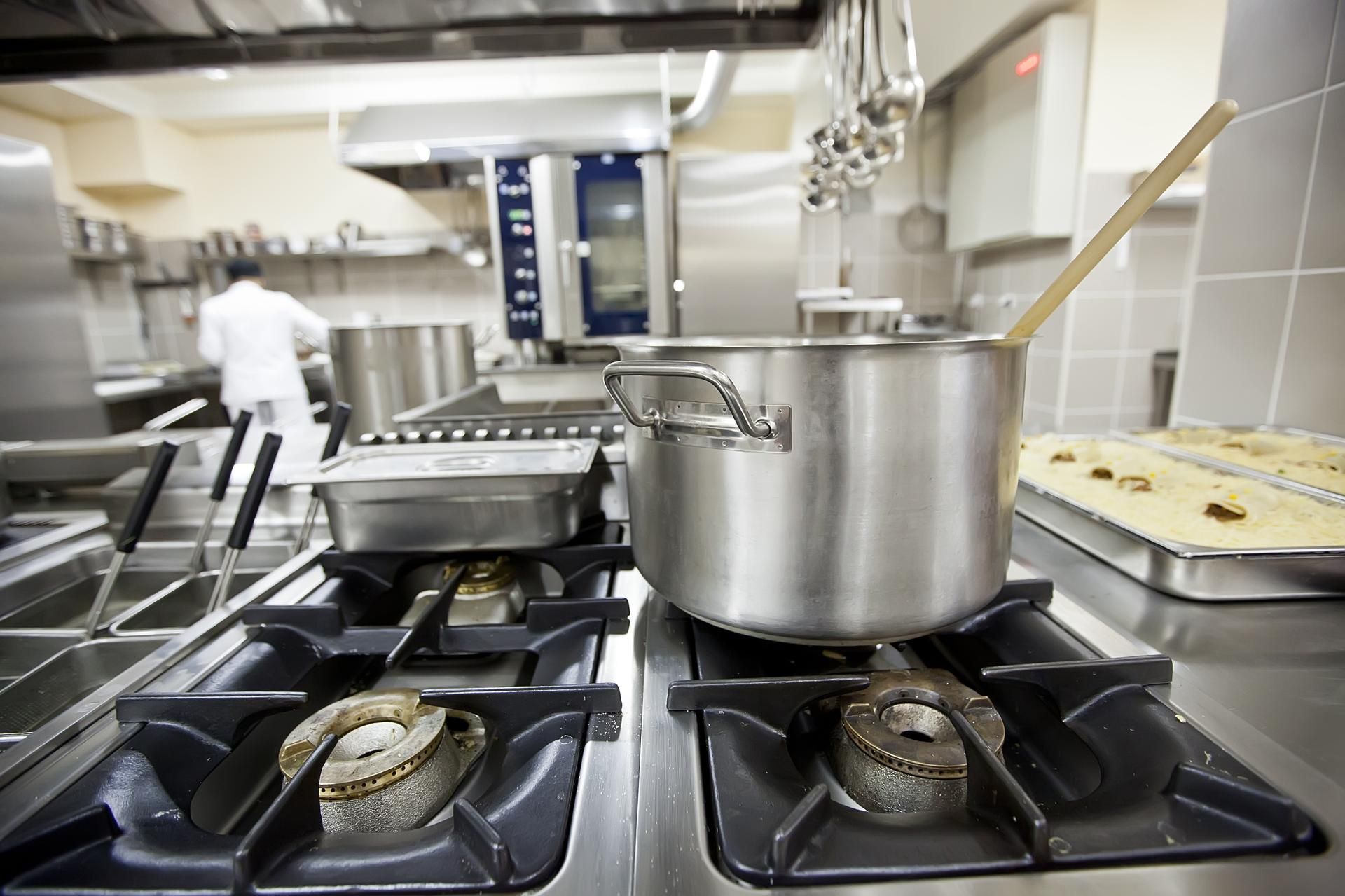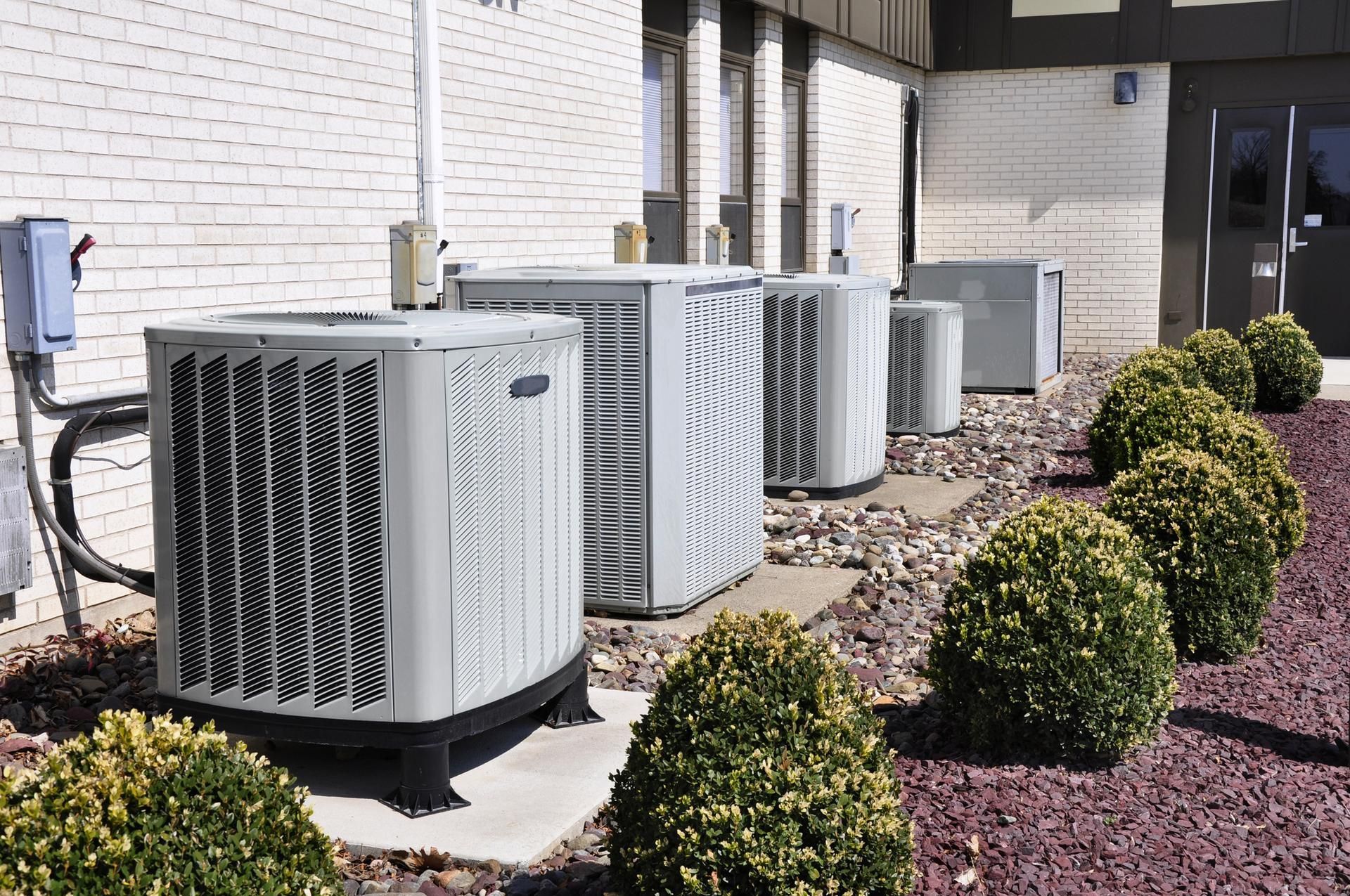Three Kitchen Planning Tips for New Restaurants
Admin • April 9, 2020
Three Kitchen Planning Tips for New Restaurants

When you're launching a new restaurant, you have so much to do that things might feel confusing at times. One major source of confusion for new restaurant owners often involves commercial kitchen planning. Because the kitchen is the heart of the restaurant, it needs to be done right. Read on to learn three tips for kitchen planning when building a new restaurant.
1. Ask for Appliance Assistance
Commercial kitchen appliances and other equipment are a significant expense connected with your new restaurant. Because restaurants require such a wide range of commercial appliances and equipment, it can be a challenge to get everything you need while keeping track of your budget and overall progress.
That's why you should work with a commercial appliance service provider that offers everything you need in one place. A commercial appliance provider is experienced in all brands and types of equipment, so they can help you choose the right items for your restaurant.
Some of the many appliances your commercial provider can help you choose include:
- Refrigerators
- Freezers
- Ranges
- Dishwashers
- Microwaves
- Food warmers
- Steamers
- Holding cabinets
- Ice machines
- Coffee makers
- Prep tables
- Toasters
- Blenders
2. Emphasize Workflow Efficiency
It's normal for restaurant kitchens to be noisy and bustling hives of activity, with many people in the same space at one time. That's why establishing a kitchen space that allows for a smooth workflow is so essential: with the right kitchen design, everyone in the restaurant can do their job without disrupting the work of others.
As you design your new kitchen, work with your contractor to organize distinct areas for every part of the food prep, disposal, and storage processes. The ideal restaurant kitchen layout allows a natural task flow. For example, you may benefit from a food storage area that the chef can access easily but that isn't too close to the dishwashers and food disposal equipment.
3. Read the Regulations
The retail food establishment regulations in Colorado are highly detailed — and they're also quite extensive. It's essential that you take the time to understand all the state and local restaurant requirements before you purchase your restaurant equipment, and ideally before you even start the building process.
Your commercial appliance service provider can help you understand all the specific restaurant requirements that pertain to your city and the state of Colorado. For example, the state of Colorado mandates that you can only use cast iron cooking surfaces within restaurants when the food goes straight from prep to service.
Another example that most restaurant owners don't know — but with which commercial appliance providers are very familiar — is the rule that a restaurant may not have liquid drainage tubes anywhere in an ice machine or an ice storage container.
These are just a couple of the hundreds of specific legal requirements that your restaurant's kitchen must meet before your opening day. You have to know a lot before you start a restaurant, but with methodical planning and help from your commercial appliance provider you can avoid costly and potentially business-ending regulatory violations in the future.
With more than 100 years in the commercial kitchen equipment business, Hawkins Commercial Appliance understands your needs and goals. At both our headquarters in Englewood and our branch office in Colorado Springs, we're proud to consistently bring the best to restaurant owners like you. Reach out
to our team for expert guidance and support now.
